The debris includes part of the pressure chamber, the bow of the ship, and two engine sections, the Coast Guard said at a news conference in Boston. Rear Admiral John Mauger said the debris was "consistent with the theory that the ship exploded."
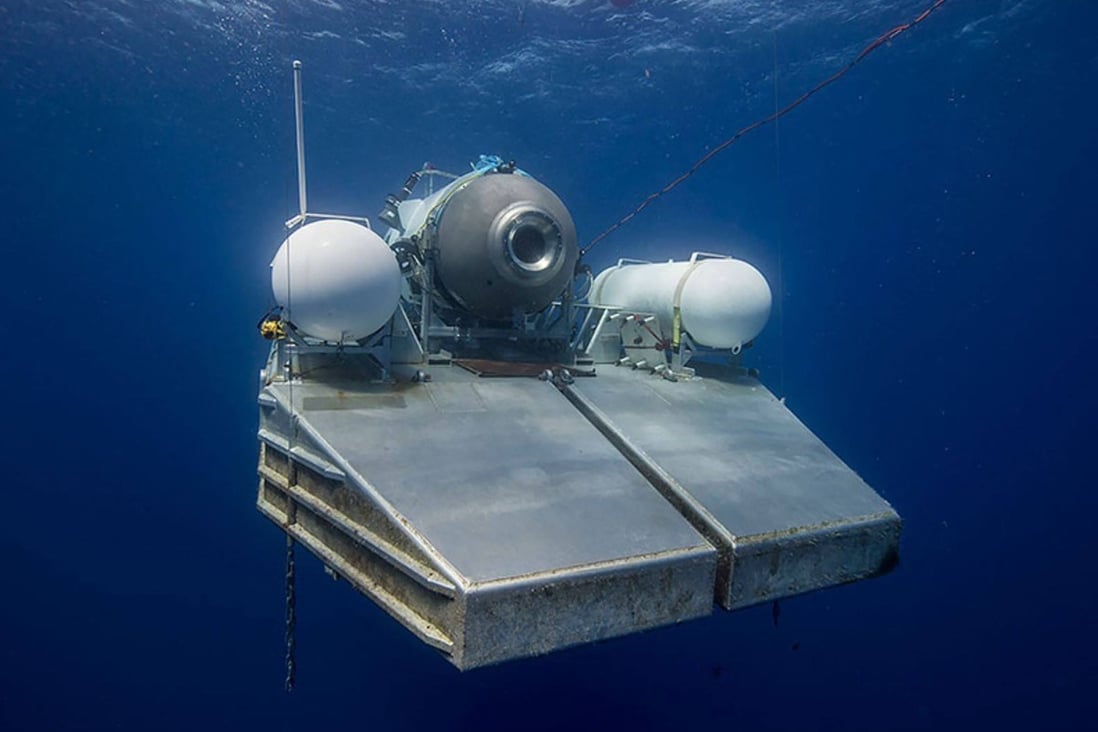
Image of a Titan submarine waiting for the signal to dive. Photo: AFP
It is difficult to determine the sequence and exactly what happened, an expert said, but a catastrophic explosion would have occurred with incredible force and speed due to the crushing pressure of water on the ocean floor.
The wreck of the Titanic lies on the seabed in the North Atlantic Ocean at a depth of about 3,800 meters.
At sea level, atmospheric pressure is 14.7 psi. Water pressure at a depth of 3,800 meters is about 400 atmospheres, equivalent to nearly 6,000 psi.
In the event of a hull defect or some other reason that led to an explosion, the submersible would be crushed in a millisecond by the enormous water pressure. Those in the pressurized chamber would die almost instantly.
“We found five different large pieces of debris that told us they were the remains of Titan,” said seabed expert Paul Hankins. “Among those large pieces, we found the forward bell of the pressure hull. That was the first indication that there had been a catastrophic event.”
“Shortly after that, we found a second, smaller piece of debris. It was the rear bell, and we basically found the entire pressurization chamber,” he said.
Roderick Smith, professor of engineering at Imperial College, London, said the accident was likely caused by “a failure of the pressurised part of the hull”, but debris would need to be recovered to conduct a full investigation.
Hoang Nam (according to AFP, SCMP)
Source





![[Photo] General Secretary To Lam attends the 80th Anniversary of the Cultural Sector's Traditional Day](https://vstatic.vietnam.vn/vietnam/resource/IMAGE/2025/8/23/7a88e6b58502490aa153adf8f0eec2b2)



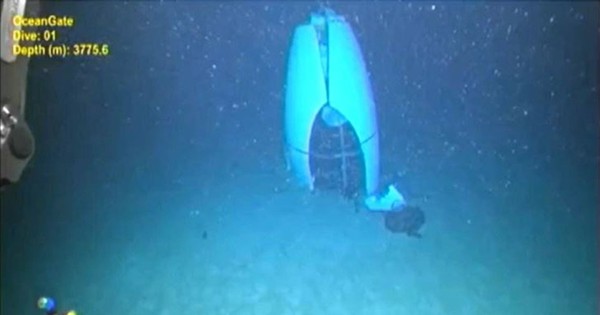

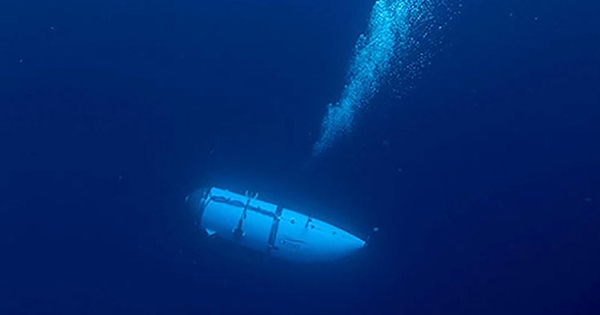


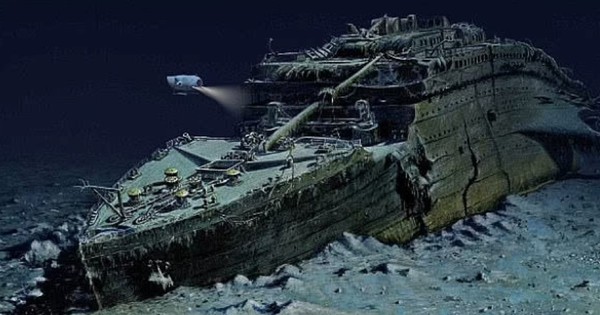
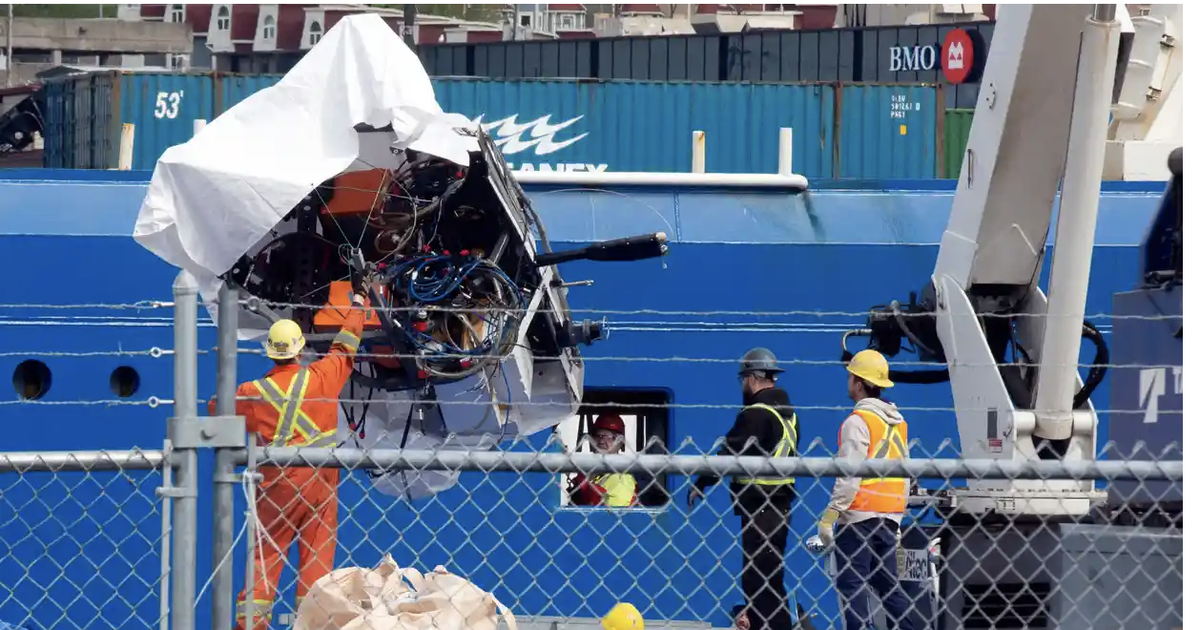





































































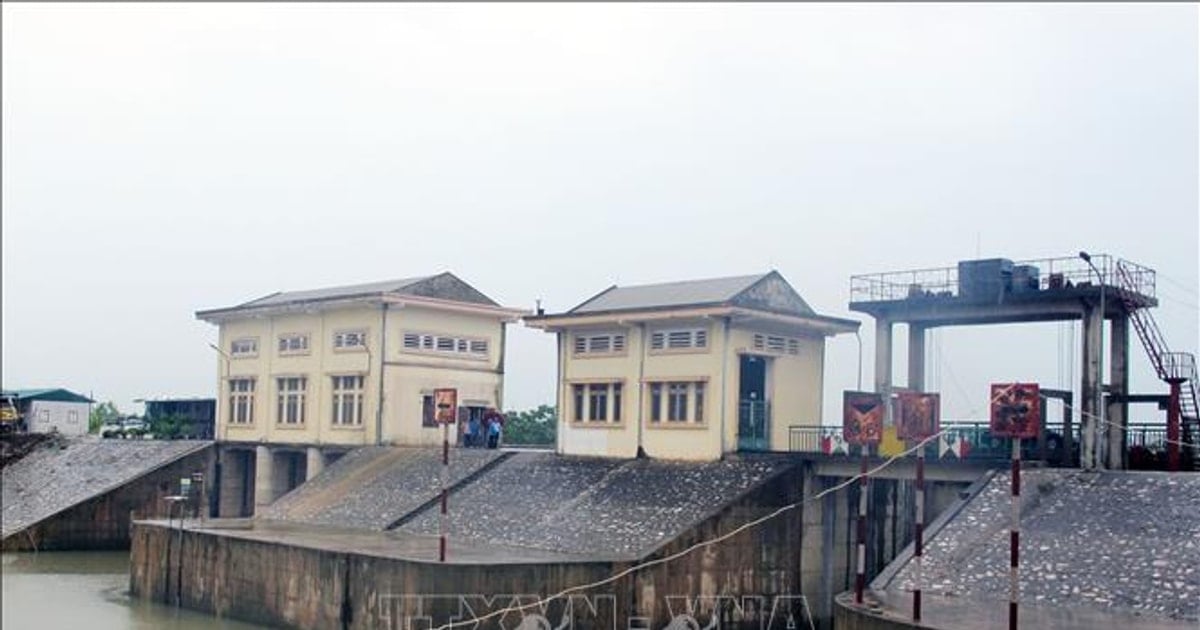



















Comment (0)